BUILDING YOUR FINANCIAL CONTENT FOUNDATION
Proven Approaches To Financial Blogging
Financial blogs serve as powerful tools for asset managers, hedge funds, and investment firms to attract both institutional investors and high-net-worth individuals - but only if executed properly.
Let's explore how to create a financial blog using market insights, investment philosophy, and thought leadership to drive assets under management (AUM) and build lasting client relationships.

The Strategic Value of Financial Blogging
Financial blogs do more than share market commentary. They demonstrate your firm's expertise, build trust with sophisticated investors, and support your broader digital marketing strategy. Our analysis shows that investment firms with regularly updated blogs generate far more qualified leads compared to those without any content marketing strategy.
Beyond lead generation, a financial blog can establish your firm as a thought leader in specific investment strategies or market sectors. This positioning can help differentiate your offering in a crowded market and justify various fee structures through demonstrated expertise.
Understanding Your Sophisticated Audience
Professional and private investors require sophisticated, data-driven content. Your blog must address the diverse needs of institutional decision-makers like Chief Investment Officers and asset allocators, while also speaking to high-net-worth individuals seeking wealth preservation and growth opportunities.
These readers share a common expectation for rigorous analysis, actionable insights, and clear investment theses. Generic market commentary won't suffice.
Reader Personas and Pain Points
Different segments of your audience face distinct challenges. Family offices often struggle with generational wealth transfer and alternative investment allocation. Institutional investors grapple with liability matching and ESG integration.
High-net-worth individuals seek tax-efficient growth strategies. Your content should directly address these specific concerns.
Content Depth and Frequency
Sophisticated readers appreciate both quick market updates and deep analytical pieces. A mix of content depths serves different reading occasions - from morning market briefs to weekend deep dives into strategy. Survey your clients to understand their preferred reading patterns and time commitments.

Developing Your Content Strategy
Successful financial blogs flow from well-planned content strategies that align with your firm's investment philosophy and business goals. Here's how to build a content approach that resonates with sophisticated investors.
Topic Selection
Let your firm's strengths guide your content focus. If your a systematic macro fund with quantitative strategies that excel at identifying market inefficiencies, write about factor analysis and statistical arbitrage. If you're known for deep industry expertise, spotlight your sector insights. Your content should naturally showcase why investors choose your approach.
Series Development
Well-planned content series build anticipation and demonstrate consistent thought leadership. Rather than just posting reactive market commentary, develop signature series that highlight your firm's strengths - Consider these proven approaches:
- Weekly Market Signals: Examine specific indicators your team tracks, explaining their significance for investment decisions.
- Process Insights: Break down your investment methodology into digestible pieces that showcase your edge.
- Thematic Research: Build comprehensive analysis of long-term market themes, released in engaging instalments.
- Client Dialogue: Transform common institutional investor questions into thoughtful exploration pieces.
Content Calendar Development
Think like a portfolio manager constructing a balanced investment strategy. Your content calendar needs core positions (regular market insights), tactical opportunities (timely analysis), and strategic allocations (deep research pieces).
Time major pieces around market events - publish quarterly outlooks during earnings seasons, release strategy updates when macro data hits, and save technical deep-dives for quieter periods. This rhythm helps readers anticipate and value your insights.
Expert Contribution Strategy
Your portfolio managers and analysts hold valuable insights, but they're busy managing money. Make it easy for them to contribute without disrupting their core work..
Schedule short interview sessions around their existing meetings, create simple templates for capturing their thoughts, and turn their internal presentations into public content. The will help you extract maximum value from your intellectual capital while respecting your team's time.
Market Responsive Planning
While maintaining a consistent publishing schedule, you need to stay nimble enough to address market moves. To achieve this, develop rapid response protocols for major market events by keeping templates ready for different scenarios - market corrections, central bank decisions, geopolitical developments.
This preparation will let you share timely insights when clients need them most, while maintaining your high analytical standards.
Content Repurposing Strategy
Smart content teams, like smart investors, maximise the value of their assets. Transform your quarterly investment outlook into multiple formats that serve different reader preferences.
Break detailed research into focused blog posts that spotlight key themes. Convert technical webinar content into written analysis pieces. Think like a value investor - find overlooked opportunities in your existing content and transform them into new insights.
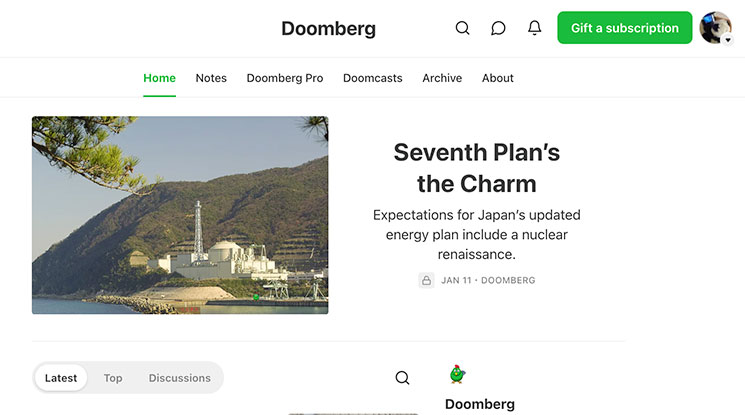
Regulatory Compliance Framework
Compliance might seem like a constraint on creative blogging, but smart firms turn it into a strength. Your rigorous compliance standards demonstrate professionalism and build trust with sophisticated investors. Here's how to create compelling content within regulatory boundaries.
Financial Promotion Rules
The FCA takes a keen interest in financial blogs, treating them as marketing communications. Transform these requirements into a competitive advantage. Develop clear policies that protect your firm while maintaining engaging content:
- Risk Disclosures: Write clear warnings that inform rather than intimidate. Integrate risk discussions naturally into your analysis.
- Performance Data: Present track records with proper context and verification. Use compliance-approved formats that tell your story effectively.
- Forward-Looking Content: Master the art of sharing market views without making prohibited promises.
- Investment Discussion: Create frameworks for discussing strategies without crossing into personal recommendation territory.
Documentation and Review Process
Turn your compliance workflow into a content quality system. Build a streamlined review process that catches issues early while maintaining publishing momentum.
Start with writer guidelines that address common compliance points. Have your investment team review technical accuracy before compliance sees drafts. Create a library of pre-approved phrases and disclaimers for routine situations. This systematic approach will speed up approvals while reducing revision cycles.
Cross-Border Considerations
Many financial firms serve investors across multiple jurisdictions. Rather than defaulting to the most restrictive standards, create smart content strategies for different regulatory environments.
Map out which topics work globally and which need regional variants. Develop clear protocols for segmenting content by jurisdiction when necessary. This thoughtful approach will help maximise your content's reach while maintaining strict compliance.
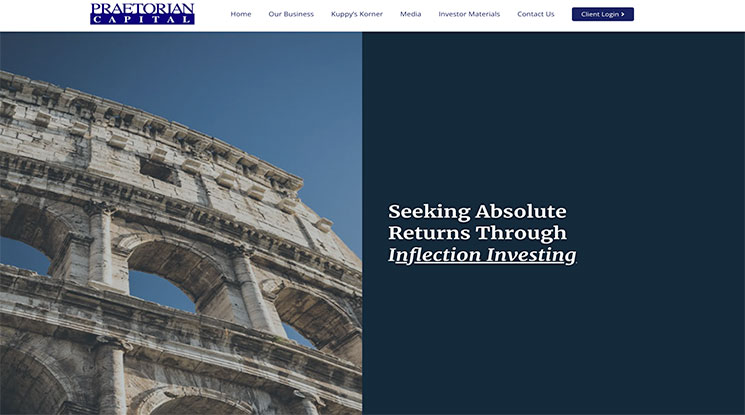
Content Creation Excellence
Creating standout content in financial services demands more than market knowledge. It requires the ability to communicate complex ideas clearly to sophisticated readers. Here's how to craft content that serves both your audience and your business goals.
Writing for Financial Audiences
Financial writing is a balancing act - you're writing for readers who might have PhDs in economics alongside those building their market knowledge.
Master the art of being technical without being dense. Use consistent terminology throughout your posts and define complex terms by explaining them precisely. Back your analysis with solid data and reputable sources to give readers confidence in your insights.
Data Presentation Standards
Develop clear standards for data presentation that align with institutional expectations. Financial data visualisation must prioritise accuracy and clarity over visual flourish.
Use consistent colour schemes and typography across all charts and graphs. When presenting performance data, always clarify net versus gross returns, include relevant benchmarks, and specify calculation methodologies.
Risk metrics and attribution analysis should follow clear, documented standards with every chart and data point showing proper source attribution and time period specifications.
Market Commentary Craft
Market commentary requires more than reporting news - your readers can get that anywhere. Focus on implications and insights. When discussing market developments, connect the dots that others miss.
If you're covering a central bank decision, go beyond rate changes to explore their impact on different asset classes. Share your firm's perspective on market movements, but support assertions with clear reasoning and data.
Content Architecture
Structure your content to respect your readers' time while rewarding deeper engagement. Lead with your key insights - sophisticated investors want conclusions first, supporting analysis second. Break complex topics into digestible sections with clear subheadings.
Use formatting to highlight crucial points, but avoid the overuse of bold text and bullet points that can make financial content look unsophisticated. Create natural flow from high-level concepts to detailed analysis, so you allow readers to engage at their preferred depth.
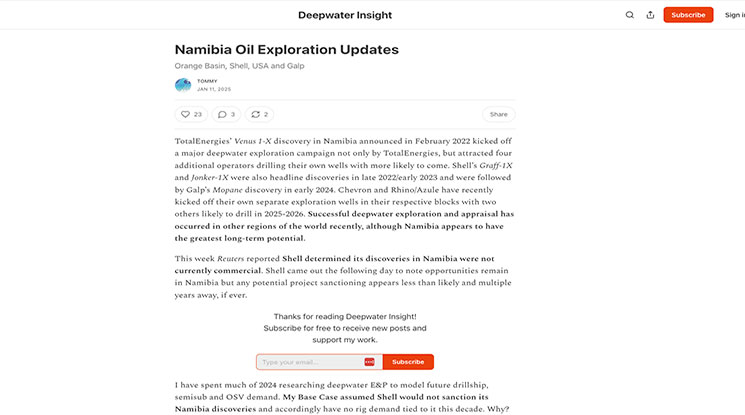
Digital Optimisation Techniques
While outstanding content remains your priority, smart digital optimisation helps your insights reach a wider audience. Let's look at three key areas that make a real difference to your blog's success.
Search Engine Visibility
Your sophisticated analysis deserves to be found by the right readers. Beyond basic technical aspects, implement these proven SEO practices:
- URL Structure: Create clean URLs incorporating target keywords (e.g., '/insights/fixed-income-analysis' rather than '/post?id=123').
- Meta Descriptions: Write compelling 150-160 character summaries for each post to encourage clicks in organic search results.
- Header Hierarchy: Structure content with clear H1, H2, and H3 tags that incorporate relevant investment terms naturally.
- Image Optimisation: Add ALT text to charts and graphs using descriptive, keyword-rich phrases (e.g., "FTSE 100 versus Gilt yields correlation analysis March 2025")
Build topic clusters around key investment themes like ESG integration or factor investing. Create pillar pages for major topics (e.g., "Fixed Income Strategy") with supporting content linking back to these core pages. This architecture helps search engines understand your depth of expertise in specific areas.
Internal linking deserves special attention. Link related articles using natural anchor text that includes relevant terms. For example, when discussing bond market dynamics, link to your detailed yield curve analysis using specific, descriptive anchor text rather than generic phrases like "click here" or "read more."
Performance Optimisation
Site speed particularly matters for financial professionals checking market insights between meetings. Implement these technical improvements:
- Optimise image file sizes, especially for complex charts and graphs.
- Use Lazy loading for images and charts below the fold.
- Incorporate efficient caching strategies for regular visitors.
- Use a Content Delivery Network (CDN) for faster global access to content.
- Compress JavaScript and CSS files.
- Implement browser caching for static resources.
Mobile Reading Experience
Your institutional clients might read desktop reports at their desks, but they're increasingly catching up on market views during commutes or between meetings. Make your content work beautifully across all devices.
Pay special attention to how your data visualisations resize on smaller screens - a complex chart that looks perfect on a trading terminal needs careful adaptation for mobile viewing. Consider creating mobile-first versions of key market updates.
Content Distribution Strategy
Different clients consume content in different ways. Some prefer in-depth PDF reports, others quick-read market updates, and many now engage through LinkedIn or email newsletters.
Create a distribution approach that maintains consistent messaging while adapting to each channel's strengths. Test different formats and timing with your audience, and don't be afraid to ask your top clients how they prefer to receive your insights.
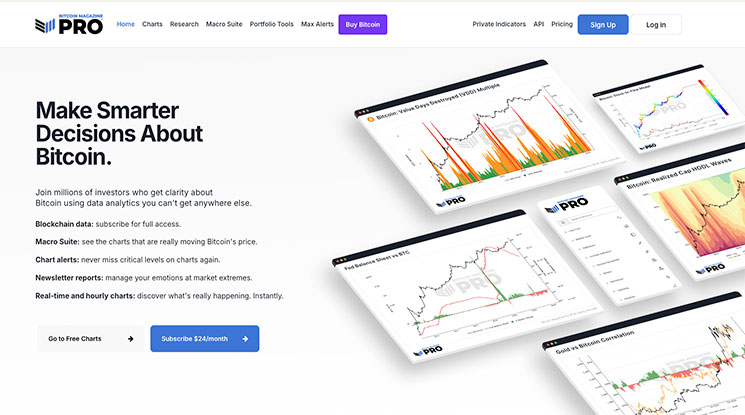
Building Reader Engagement
Engagement in financial blogging isn't about viral content or trending topics. It's about creating meaningful discussions with sophisticated investors and building long-term professional relationships. Here's how to create genuine engagement that matters.
Professional Discussion Forums
Quality conversations strengthen your thought leadership position. Create moderated spaces where institutional investors and high-net-worth individuals can discuss market implications in depth.
Your portfolio managers' participation in these discussions can prove to be particularly valuable - when a senior PM thoughtfully responds to an institutional investor's question about macro positioning, it showcases your firm's expertise and accessibility.
Consider hosting quarterly virtual roundtables where select clients can dive deep into specific investment themes with your research team.
Content Personalisation
Smart personalisation shows you understand your readers' specific interests and challenges. A high net-worth individual investor needs different insights than a family office chief investment officer or a pension fund manager.
Track which content resonates with different segments, then deliver more of what they value. For example, if certain institutional clients regularly read your factor investing analysis, prioritise sending them new research in this area.
Create specialist briefings for different client types - sovereign wealth funds might receive detailed liquidity analysis, while private banks get tax-efficient investment strategies.
Feedback Integration
Your readers' input can help sharpen your content strategy. Regular dialogue with key clients can reveal which topics need more coverage and which questions remain unanswered.
Establish both formal and informal feedback channels - from annual content surveys to quick post-reading response options. When clients consistently ask for deeper analysis of certain markets or strategies, you've discovered a valuable content opportunity.
Use this intelligence to guide your editorial calendar while maintaining your high analytical standards.
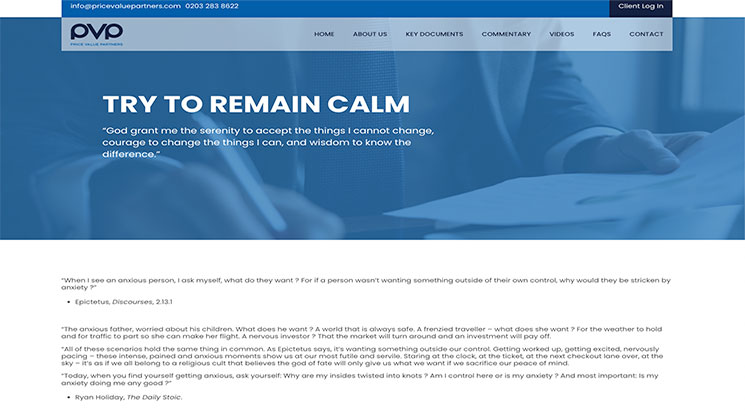
Performance Analysis and Refinement
Raw traffic numbers mean little in financial blogging. What matters is whether your content drives meaningful relationships with qualified investors. Let's examine how to measure and improve what really counts.
Quantitative Metrics
Focus on metrics that directly link to business outcomes. Track how institutional investors and high-net-worth individuals interact with your content before becoming clients.
Pay attention to indicators like repeat visits from target firms, time spent on technical analysis pieces, and downloads of detailed investment research. These markers often signal serious interest:
- Engagement patterns from key investment decision-makers.
- Content shares within institutional investment teams.
- Direct enquiries stemming from specific articles.
- Newsletter subscription growth among qualified prospects.
Quality Assessment
Numbers tell only part of the story. Your blog's true value emerges from its impact on investment discussions and client relationships. Gather feedback from your sales team about how prospects reference your content during meetings.
Monitor which pieces drive consultation requests or feature in client conversations. Create an advisory panel of sophisticated readers - perhaps including a mix of current clients and industry peers - to provide candid feedback on your content's depth and utility.
Strategy Refinement
Treat your content strategy like an investment portfolio - review, rebalance, and refine regularly. Quarterly reviews should examine both performance data and market dynamics.
If macroeconomic pieces consistently drive institutional engagement, consider expanding that coverage. When certain technical analyses prompt follow-up questions, dig deeper into those topics. Stay flexible enough to seize new opportunities while maintaining the high standards your readers expect.
Next Steps
A financial blog requires careful planning and consistent execution. From developing robust content strategies to implementing technical solutions that meet institutional standards, we help firms build blogging programmes that drive real business growth.
Our expertise spans the complete spectrum of financial content marketing, including:
- Content strategy development aligned with your investment expertise
- Technical implementation that meets institutional standards
- Compliance-aware content creation and management
- Distribution strategies that reach qualified investors
Whether you're just starting out or have an existing blog, our team can help you develop a content strategy that attracts qualified investors and drives AUM growth. Contact our team at Flycast Media to discuss next steps for your financial blog.
Shane McEvoy is a financial marketing expert with over 30 years' experience in digital advertising and financial services. He founded Flycast Media, a leading financial marketing agency, and has authored several influential guides and regularly contributes to respected industry publications - read his profile.